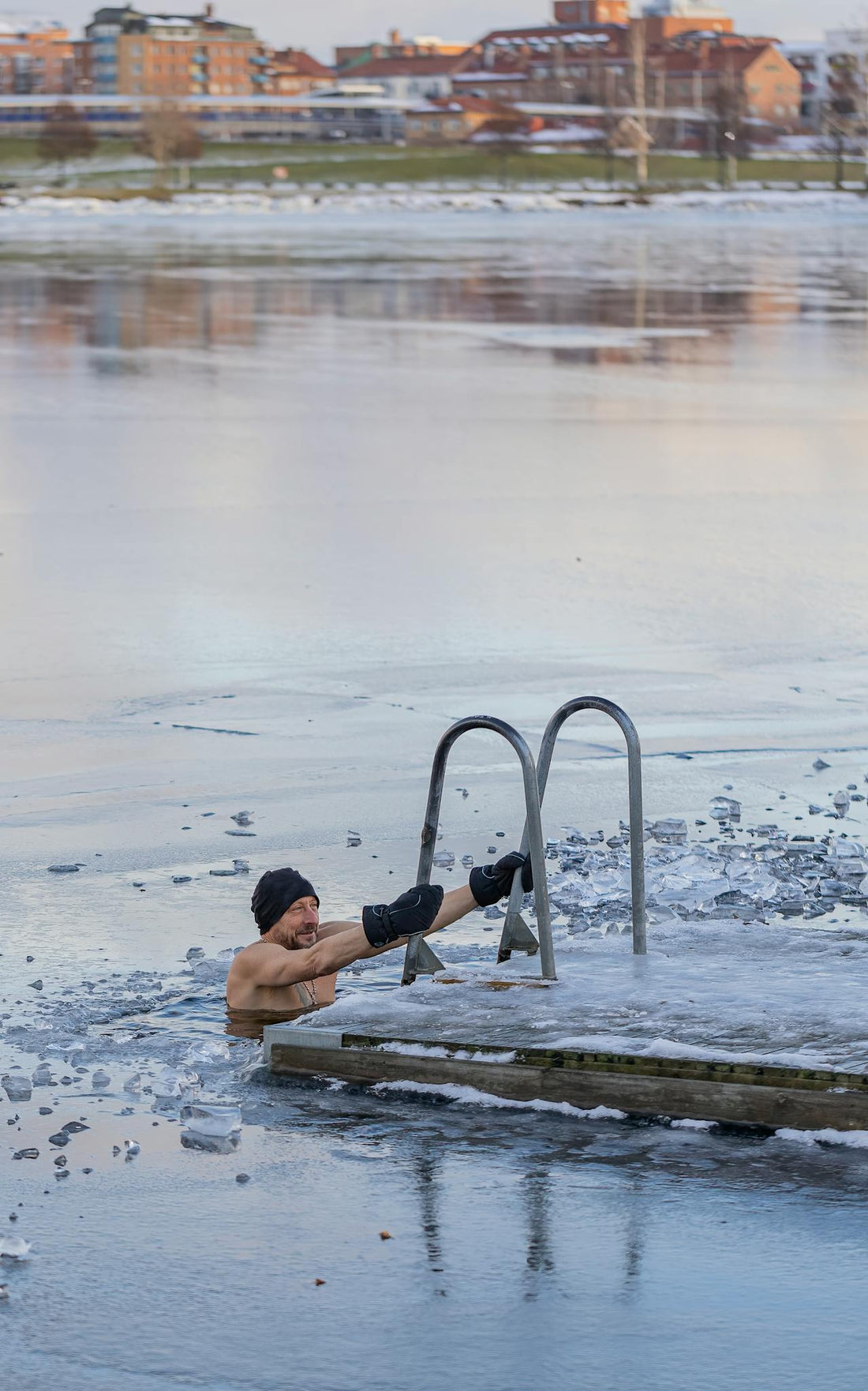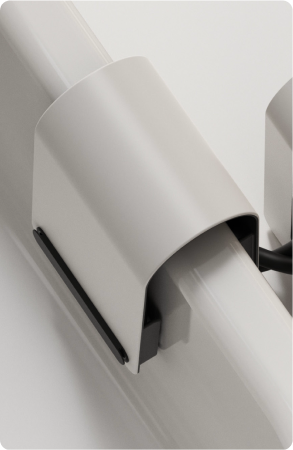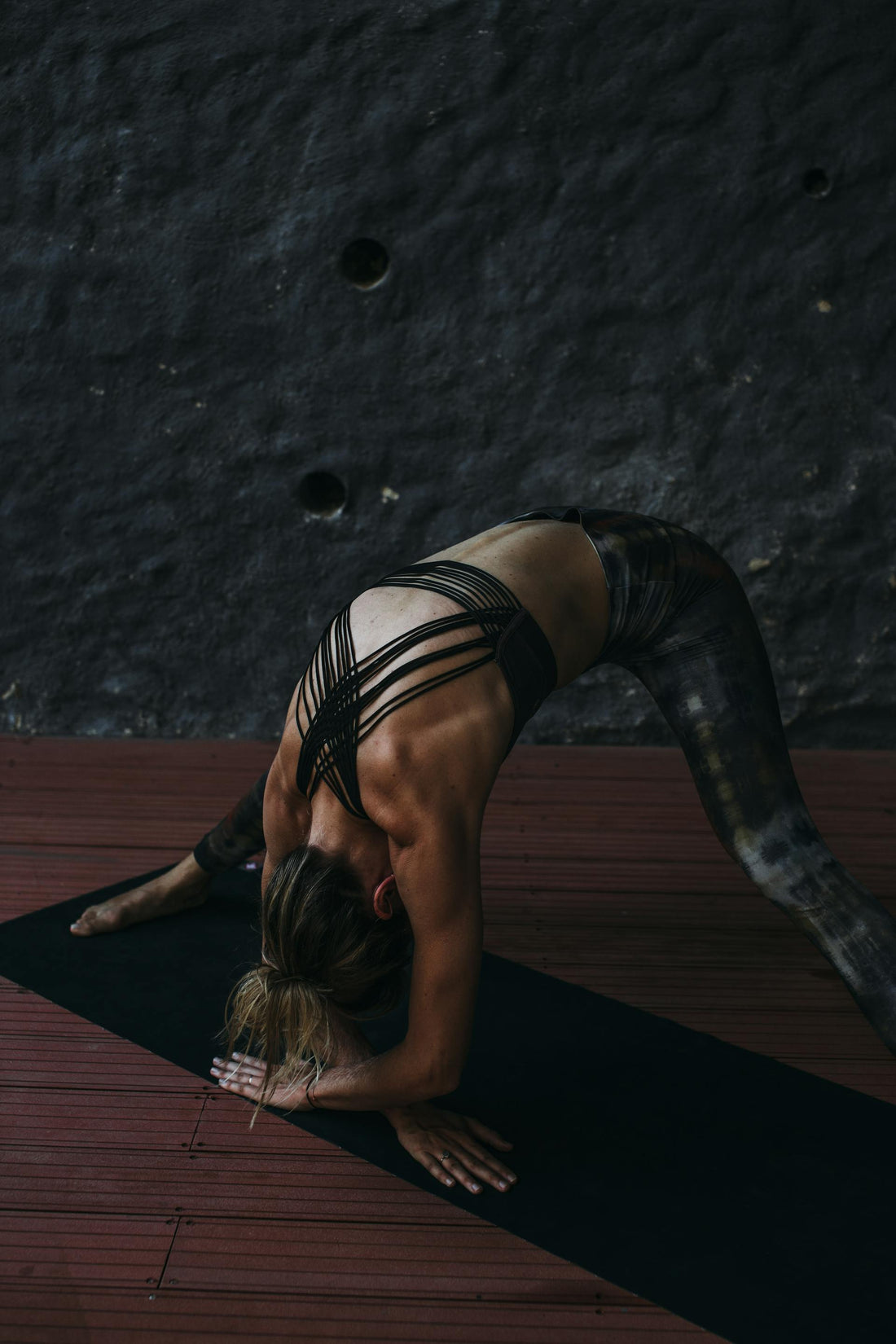
How to Start Cold Plunging
Tips, Tricks, and Current Solutions to Integrate Cold Plunging Into Your Life
Introduction
Cold plunging—which is immersing yourself in cold water for health benefits—has taken the wellness world by storm. With its roots in ancient practices like Nordic ice baths and Japanese Misogi rituals, cold plunging is now supported by science as a powerful tool for physical recovery and mental resilience.
So how do you make this invigorating practice part of your daily life? Let’s get into practical tips, clever tricks, and the latest solutions to integrate cold plunging into your routine, whether you’re a curious beginner or a seasoned wellness enthusiast.
Understanding Cold Plunging
Cold plunging involves submerging yourself in water temperatures typically between 50°F (10°C) and 59°F (15°C). This practice has long been used for recovery and rejuvenation, particularly in countries with strong bathing traditions like Finland and Russia.
It’s not just an challenge—it’s a way to reset your body and mind, helping you bounce back from physical exertion or mental fatigue.
Research shows that cold plunging reduces inflammation, improves circulation, and enhances muscle recovery. It also triggers the release of endorphins, your body’s natural feel-good chemicals, helping to combat stress and elevate mood. Regular exposure to cold water has even been linked to improved immune function and mental clarity.
Tips to Start Your Cold Plunging Journey
The idea of plunging into freezing water can be intimidating, so start slow. Begin with cold showers—dial down the temperature for 10-30 seconds at the end of your regular shower, then gradually extend the duration. Over time, your body will adapt, and you’ll feel more comfortable with longer exposures.
Your body’s initial reaction to cold is to gasp and breathe rapidly. Counter this by practicing slow, deep breathing. Techniques like the Wim Hof Method emphasize controlled breathing, which can help you manage the shock and improve your tolerance.
Consider when cold plunging fits best into your routine. Morning plunges can wake you up and set a positive tone for the day, while evening sessions help soothe muscles after workouts. Experiment to find what works best for your schedule.
Tricks to Make Cold Plunging Easier
- To make the experience more manageable, distract your mind. Play calming music, focus on a mantra, or use visualization techniques. Picture yourself in a warm, sunny place, and remind yourself that the discomfort is temporary.
- Keep a fluffy towel, warm robe, and cozy socks nearby for after your plunge. Dressing warmly post-exposure is crucial to help your body regulate its temperature and prevent chills.
- Pair cold plunging with mindfulness or gratitude practices. For example, take a moment before entering the water to set an intention, and afterward, reflect on how your body feels. These rituals can transform plunging into a grounding, meditative experience.
Current Solutions for Cold Plunging at Home
DIY Cold Plunge Options
No need for fancy equipment—start with what you have. Fill a bathtub with cold water and ice or repurpose a stock tank or inflatable pool. A backyard hose can also be your ally in the summer months!
Investing in Cold Plunge Equipment
If you’re serious about cold plunging, consider commercial options. Cold plunge tubs with temperature controls are convenient for consistent use. Look for models that fit your space and budget, with features like insulated tanks and filtration systems.
Chillshark's Solution
Chillshark revolutionizes cold plunging with a sleek, vertically designed chiller that fits seamlessly into any space, offering unmatched speed and efficiency for the ultimate recovery experience. Engineered with military-grade technology, it’s the fastest, most reliable at-home cold plunge solution on the market.
Cold Plunging in Shared Spaces
Joining a group plunge can make the experience more enjoyable. Many wellness centers and gyms organize cold exposure events where you can meet like-minded individuals and share tips.
Look for gyms or spas with cold therapy pools. Combining a sauna session with a cold plunge enhances the experience, alternating heat and cold to improve circulation and relaxation.
Overcoming Common Challenges in Cold Plunging
Fear of discomfort is natural, but remember, it gets easier with time. Start with manageable goals and celebrate every step forward. Even a 2-minute plunge can deliver significant benefits. Incorporate short cold showers into your daily routine or dedicate 10 minutes on weekends to a full plunge.
Know your limits and recognize when to stop. Tingling or numbness may indicate overexposure, so listen to your body and always prioritize safety.
Cold plunging is more than just a health trend—it’s a transformative practice that can elevate your wellness game. Are you ready to begin?



